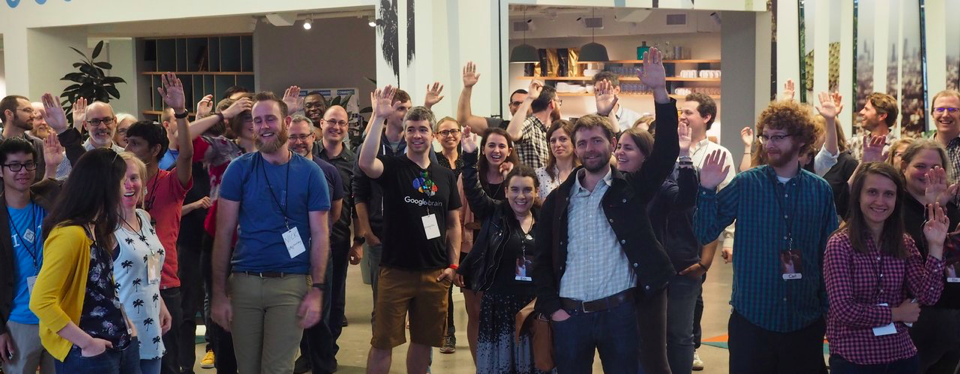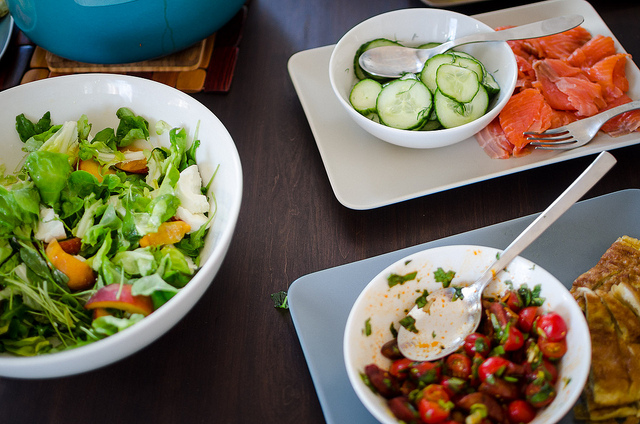We’re now mid-way through the first year of the AAAS Community Engagement Fellows Program (CEFP), funded by the Alfred P. Sloan Foundation. The first cohort of Fellows is made up of 17 scientific community managers working with a diverse range of scientific communities. As they continue to develop their community engagement skills and apply some of the ideas and strategies from their training, the Fellows will report back on the blog, sharing their challenges, discoveries, and insights. Today, Fellow Stefanie Butland follows up on her earlier pieces about welcoming community members and running an unconference with more specific advice.
Posted by Stefanie Butland, Community Manager at rOpenSci, – Open Tools for Open Research
I’ve raved about the value of extending a personalized welcome to new community members and I recently shared six tips for running a successful hackathon-flavoured unconference. Building on these, I’d like to share the specific approach and (free!) tools I used to help prepare new rOpenSci community members to be productive at our unconference. My approach was inspired directly by our AAAS CEFP training in community engagement. Specifically, 1) one mentor said that the most successful conference they ever ran involved having one-to-one meetings with all participants prior to the event, and 2) prior to our in-person AAAS-CEFP training, we completed an intake questionnaire that forced us to consider things like “what do you hope to get out of this” and “what do you hope to contribute”.

